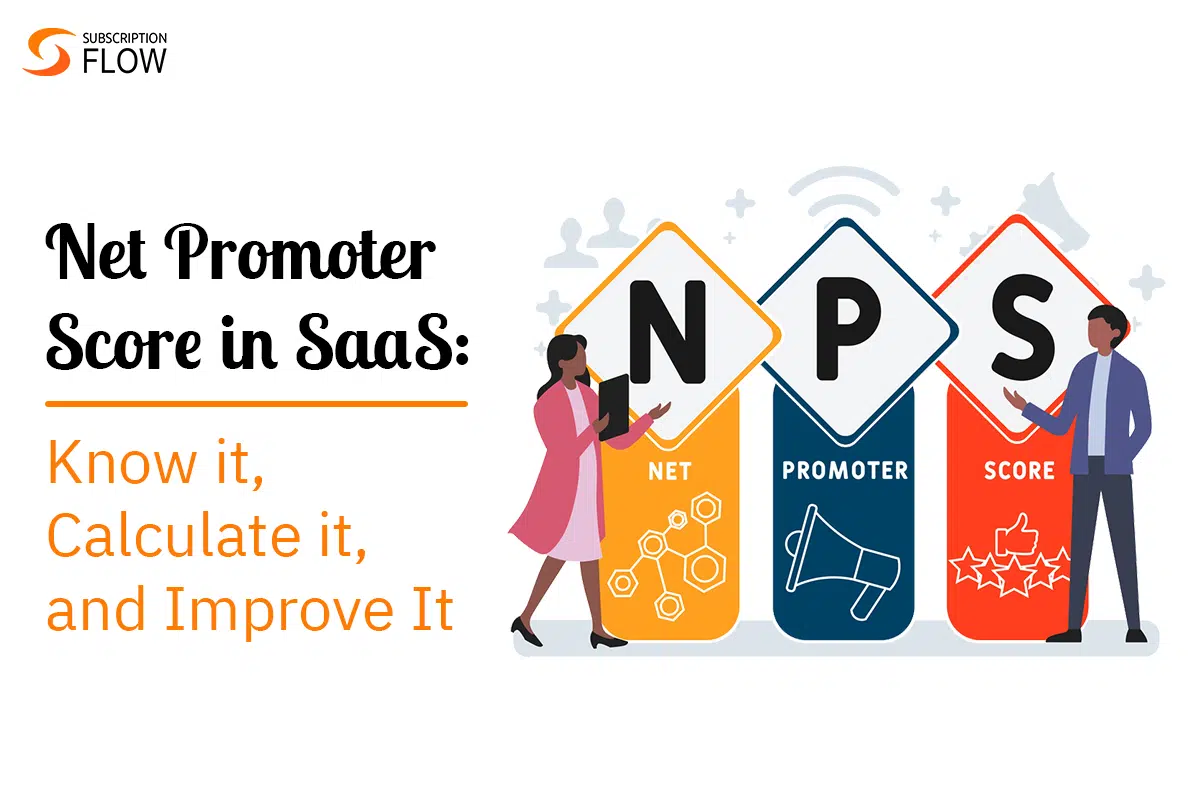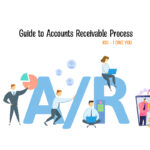
What is Net Promoter Score, How to calculate NPS, and Why is it Important in SaaS?
One cannot grow without feedback… The same goes for SaaS businesses. NPS SaaS score helps businesses to optimize their revenue and retention goals.
In business, word-of-mouth marketing and customer advocacy are some of the most effective customer acquisition strategies and NPS is used to find true customer interest insights.
Getting knowledge of customer satisfaction should be a primary goal before devising strategies for business development and setting goals for growth. And to get to know it, the Net Promoter Score is the most-used metric.
While you calculate the net promoter score, certain benchmarks are set for analyzing and determining the net promoter for that very particular business.
This article illustrates the net promoter score and all the nitty-gritty details about the metric with special reference to the customer success in SaaS along with setting benchmarks for the metrics.
What is the Net Promoter Score (NPS)?
A net promoter score is one of the crucial SaaS customer success metrics and a customer benchmark that measures the probability of customers recommending your product to their acquaintances, friends, or colleagues.
The net promoter score is calculated by conducting a survey that constitutes one or two NPS questions in which customers are asked to mark on a scale of 1-10 about recommending the product to someone they know.
The net promoter score is usually calculated by conducting surveys that rank on a scale of 10. The survey is usually a question that asks, “How likely are you to recommend our services to a friend or an acquaintance?” As we all know that recommending a tried and tested product builds trust and loyalty for the prospects, therefore NPS scores on the other side also determine the sense of quality that your customer has for the product or service.
Those who respond to the survey have been categorized depending on the number they rank the service of the business such as detractors, passives, and promoters.
So, what is a good NPS score anyway?
The most satisfied customers are more likely to mark services with the largest value of the NPS scale. So a good NPS score ranges between 8 to 10 when it scales up to 10.
To achieve good NPS score targets, customer success teams need to employ some very effective NPS best practices. Some of the most considerable are:
- Designing a creative and compelling NPS Survey
- Invest in NPS research some grands to earn fortunes later
- Intelligently draft the content and length of the survey
- Focus on deriving the ‘Why’ of the impact of your service on customers
- Selecting a user-friendly NPS survey channel to channel relationships between you and them
- Automate sending follow-up reminders after every customer interaction
- Avoid Email Spam Filters when sending NPS surveys via emails
- Email, phone, social media, or in-person, always test the effectiveness of your NPS surveys before forwarding them to your customer base
Read more: 10 Most Important Customer Success Metrics for SaaS Subscription Businesses
Categorizing Net Promoter Scores
When the net promoter scores are calculated taken by the customers, there is a distribution among the customers. Some customers might not be happy, some could be delighted, and some are those who lie in the middle of the scale.
Three major categories for NPS are:
What is a Promoter in NPS?
Promoters are those customers who are highly satisfied with the product and keep a high probability of recommending the product or service to the ones they know. In SaaS or business jargon, the promoters can also be called brand advocates since they are willing to promote. Moreover, the promoters are more willing to grab the upselling and cross-selling opportunities suggested to them. Promoters give a rating of 9-10 on the survey.
What is a Passive in NPS?
Passives are the ones who do not contribute their suggestion a lot and are most likely to be unaffected. The fact that the passives are also not in the formula for calculating net promoter score tells that they do not make a significant difference as they do not much engage. The passives are always looking out for the competitors with the pricing that suits them the most and with that being said, they are also price sensitive. Passives, on the NPS survey, give a rating from 7-8.
What is a Detractor in NPS?
Detractors are those who are not satisfied with the product and have a high chance to churn. Talking as to statistics, almost 40-50% of the detractors leave the product or service depending on the reasons. When conducting an NPS survey to calculate the NPS score, they usually mark between 0-6.
How to Calculate NPS?
For Net Promoter Score calculation, subtract the percentage of Detractors from the percentage of Promoters.
NPS = % promoters – % detractors.
Why is Net Promoter Score Important for SaaS?
In terms of SaaS and business, the most important aspect is customer and business growth. Business growth is only possible when the customers are satisfied. Net Promoter Score identifies the customers and makes relevant segregation. Most importantly, for the customer success department, team, and customer success manager the NPS metrics give real-time data about the customers and their experience with the product.
As it is used as the metrics or KPI, it is important in terms of predictive analysis and results. With the help of the NPS score, the customer manager and customer success team can take steps for the customers who are about to churn or if they are unsatisfied with the product. To retain customers, it is important to know about those who are at risk. Also, from the perspective of user engagement and communications, the NPS score could identify those customers with whom the communication is important and user engagement must be initiated.
In terms of finance, the net promoter score plays a key role in growth identification. Either there would be a good growth rate or a lower one aka a higher churn rate. it shows the customer lifetime value that has contributed to the revenue generation and revenue growth of the business.
In terms of sales and marketing, the net promoter score or NPS helps marketeers identify the point where they can market their business and win customers. The NPS score segregation of passives, detractors, and promoters gives marketeers an overview of the very aspect such as where they need to focus and where they already win in the market. Similarly, the sales team and promoters are directly linked to each other. The promoters can tell the sales teams about the products and how successfully they leverage the product so that the sales team can use the information further for business and revenue growth.
Setting NPS Score Benchmarks
Net promoter score results vary and the benchmarks are the limits set to analyze the results and segregate them in terms of promoters, passives, and detractors.
There are different kinds of NPS score benchmarks and the most important for a company can be two i.e., external benchmarks and internal benchmarks. These benchmarks determine the growth of the company and the revenue growth as well.
External Benchmarks—NPS
The external benchmarks are the benchmarks that are based on the scores that are set for the industry and are also known by the name of overall benchmarks. They are further divided into the scores such as positive, negative, about to churn, and so on. External benchmarks are calculated when a company wants to study its growth across the industry.
Internal Benchmarks—NPS
Internal benchmarks focus on comparing your current NPS score to the previous month NPS score so that there is an immediate difference to observe and analyze. For this, customer segmentation is recommended so that the business growth and Net promoter score can easily be studied.
Read more: Maintain the Flow of Retention and Revenue with Churn Management Software
Bottom line
Net promoter score is an immensely important customer SaaS metric and maintaining it is important for business growth.
To give your customers the best experience, and bring more revenue to the customers, a customer success platform would be the right choice. Send automated surveys to your customers at timely intervals, get the analytics, customer health score, and much more all through the customer success platform – SubscriptionFlow.
SubscriptionFlow, being a customer success platform, provides robust features and solutions for revenue optimization that help you in retaining your customers and generating potential revenue.
Schedule a demo with us now!
Read more: Here is How SubscriptionFlow improves Your Customer Retention rate











